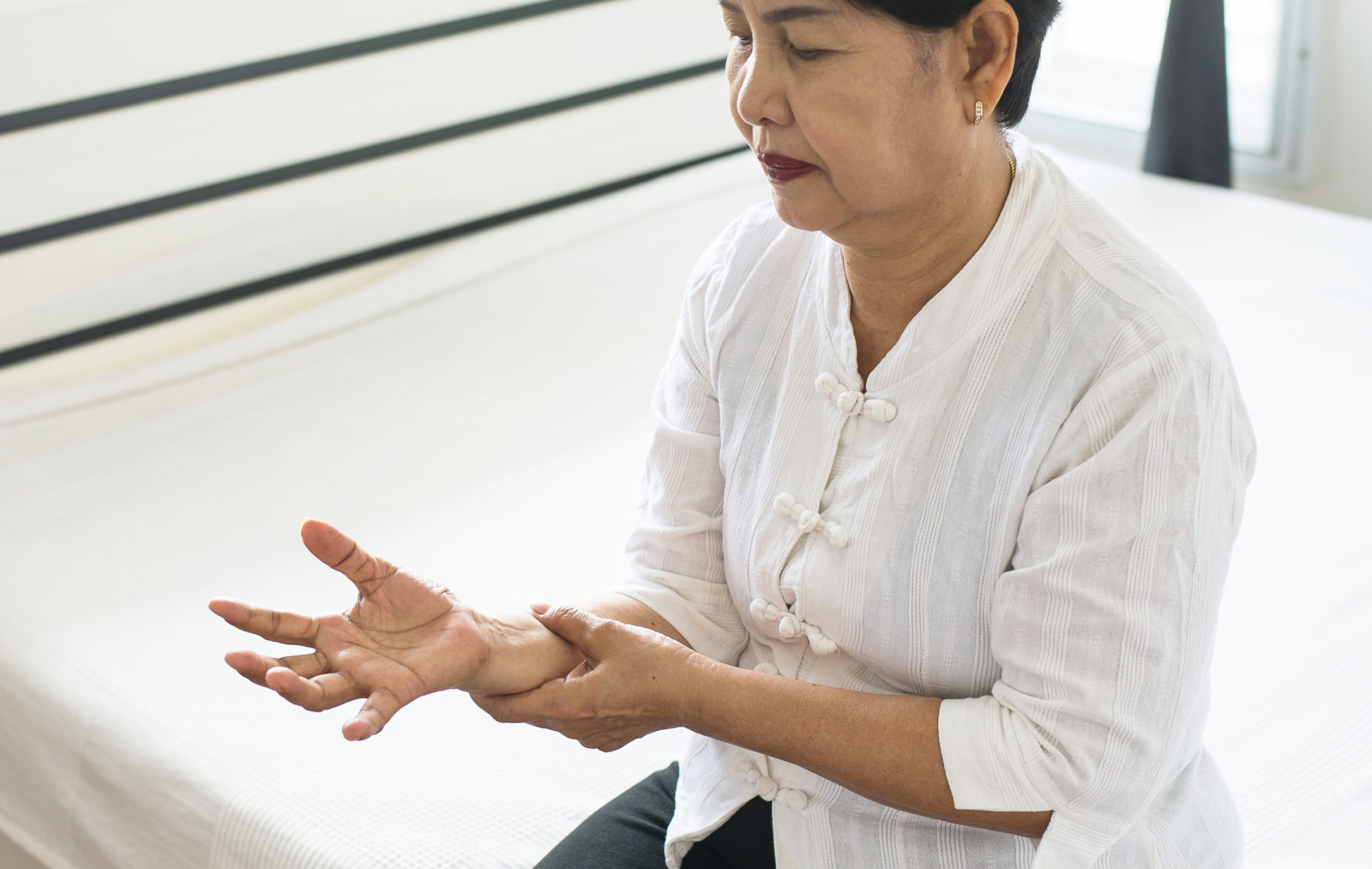Facts About Essential Tremor

Shaky hands are not a sign of aging. And a shaky head is not a sure sign of Parkinson’s disease. An involuntary shaking of the hands, head, voice, legs or trunk can be a sign of essential tremor (ET).
ET is one of the most common movement disorders in the world, and the most common cause of tremor. It impacts an estimated 10 million people in the U.S. alone. We don’t know yet what causes essential tremor. According to the International Essential Tremor Foundation, “It is thought to be related to abnormal functioning of the part of the brain called the cerebellum or a chemical in the brain called GABA.”
Though not life threatening, ET can be debilitating. Because it is an action tremor, it occurs when a person is trying to perform daily activities such as eating, drinking, writing, typing, shaving, etc. The severity of the tremor can vary based on the activity, and stress and fatigue can make it worse.
March is National Essential Tremor Awareness Month, a time to educate the public about this common condition and rally support for those impacted by it. Here are some facts about essential tremor:
- ET is often misdiagnosed as Parkinson’s disease, yet it’s eight times more common.
- The median age for the onset of ET is 45, but it can affect anyone at any age – even infants.
- ET is often associated with a strong family history, but no specific ET-related gene has been identified.
- Researchers estimate 4% to 5% of people ages 40 to 60 have ET. The incidence rate for people age 60 and older is estimated to be between 6.3% and 9%.
- Many people with ET are too embarrassed to go out in public and remain isolated in their homes, which can lead to depression.
- There is no cure for ET, but there are medications that can calm the tremor for some people. For advanced cases, there are surgical treatments.
Treatment for essential tremor
There is no definitive cure for essential tremor, according to the National Institutes of Health, but there are ways to treat the symptoms:
- Some prescription drugs, such as beta blockers and anticonvulsants, may stop or reduce tremors.
- Eliminating tremor “triggers” such as caffeine and other stimulants from the diet can help.
- Physical and occupational therapy may help reduce tremor and improve coordination and muscle control for some individuals.
- Surgical methods such as deep brain stimulation may help by temporarily blocking the nerve signals that cause tremor. Other surgical intervention is effective but may have side effects.
Resources available
The International Essential Tremor Foundation website offers numerous resources for people with ET. You’ll find information about support groups, finding a doctor, available technology, and other ways to deal with ET.
You’ll also find news and information at the National Institutes of Health and HopeNET.
Sources: International Essential Tremor Foundation, National Institutes of Health
![Charlesgate [logo]](https://www.charlesgate.net/wp-content/uploads/sites/218/2016/12/logo-new.png)